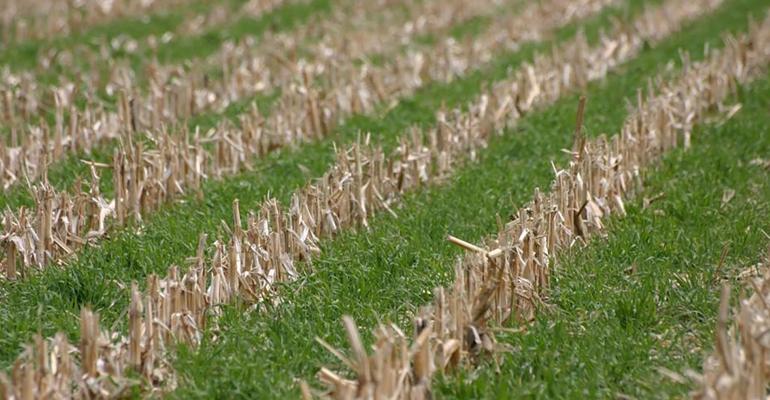
22 Aug Cover Crops: Some Resources
Hello again, growers.
Summer is marching on, and combines are busy harvesting grain and peas around the province. That got me thinking again about cover crops.
This winter we hope to have more presentations and resources available for growers on the benefits of cover crops and some useful agronomic advice on selecting/establishing cover crops. However, in the meantime, I thought it might be valuable to share with you some resources when thinking about cover crops in different scenarios:
- Cover Crop following grain/peas or following early tillage.
Many growers underseed grain crops with a forage such as alfalfa or clover mixed with grass species, and this is a very effective cover crop. However, for those that have a summer harvested crop that is not underseeded and that will just be stubble through the fall and winter, you have a wide variety of crops to consider!
In addition, many growers are choosing to do residue tillage (ie. Lemken, Synkro, etc) earlier (late August, early Sept). Once again, this provides a good window for establishment of a fall cover crop.
I would recommend visiting the online Cover Crop Decision Tool at http://decision-tool.incovercrops.ca/ for PEI-specific establishment windows and crop information on a variety of potential cover crop species and mixtures to consider.
Some options for reliable establishment before Sept 15th:
Oats
Barley
Winter Rye
Timothy
Winter Triticale
Winter Wheat
Oilseed Radish
Brown Mustard
Mixes of winter cereals and brassicas
Additional resource on brassicas/mustards from SARE
A couple of notes to consider:
- Tillage radish (or forage radish) is an option for late August or very early September. It is not quite a frost tolerant as oilseed radish. Oilseed radish is likely a better choice for erosion control than either brown mustard or tillage radish. Any of these brassica species can be mixed with a grass/cereal crop (oats, barley, timothy) to improve erosion control.
- Winter rye or winter wheat are great choices if you are looking for a cover crop to grow out as a commercial crop next season. If looking for something to terminate before planting potatoes or a different grain crop, be aware that winter rye can be aggressive in the spring and will likely need both herbicide and tillage to effectively terminate it before planting potatoes.
- Brown mustard planted after August 20th will not have time to go to seed before the end of the season, and does not need to be incorporated.
- Another brassica species that some growers have experimented with in PEI is kale. It grows a large above ground biomass and is very frost tolerant, staying green through much of the winter but not re-growing in the spring.
- Annual ryegrass is also an option for late August/early September planting, but has not shown to be quite as reliable after the first week of September. Ryegrass can be very effective at erosion control, with a large root mass for early-established stands.
- The Soil Management: Tillage Timing of Forages (with cover crop) BMP program from the PEI Dept of Agriculture & Fisheries provides $25/acre up to a max of $500 per field and $2,000 per year for eligible expenses to assist with establishing a cover crop following tillage of a forage crop, provided that the cover crop can adequately establish before winter. For more information on this program, please contact Kyra Stiles, PEIDAF at 316-1600 or kstiles@gov.pe.ca
- Options for reliable establishment between Sept 15 and Oct 1:
Oats
Barley
Winter Rye
Winter Triticale
Winter Wheat
Oilseed Radish
Mixes of winter cereals and brassicas
- Options for establishment between Oct 1 and Oct 15:
There are many benefits to planting cereal crops as a fall cover following potato harvest. Of course, protecting soil from wind and soil erosion has huge value. However, having anything growing in the soil increases the biological activity in the soil and help to maintain or build soil organic matter. That being said, our options are limited in PEI by the time we get to October. Some options to consider:
Reliable: Winter Rye, Winter Triticale
Possible options, especially in a mild fall: Oats, Barley
The PEIDAF still has a program to assist with use of winter cereals following potato harvest as a winter cover crop. $25/acre up to a max of $500 per field (and $1,000/year) is available for this program. Again, contact Kyra Stiles for more details.
Let’s get more of our fields covered this winter! If you have more questions about cover crops, please feel free to contact me. If you are planning to plant more acres with cover crops this fall, I’d love to hear from you about your plans!
Thanks
Ryan
